Some terms to discuss in class in relationship to the games we played…
Skill vs chance

Libro de los juegos
The text is a treatise that addresses the playing of three games: a game of skill, or chess; a game of chance, or dice; and a third game, backgammon, which combines elements of both skill and chance

This is when the homo sapiens started to become sedentary and developed agriculture. In these games the tokens are seeds and they are based on sowing and reaping. We can easily infer that they were used to support the conceptual development of the agrarian mentality.
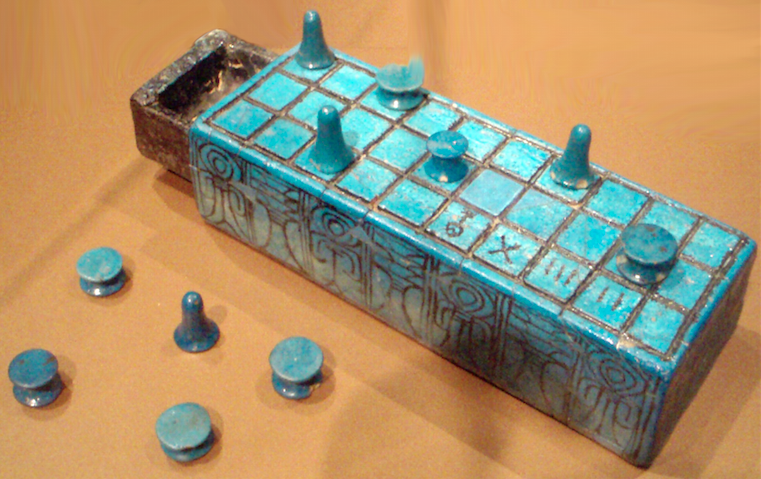


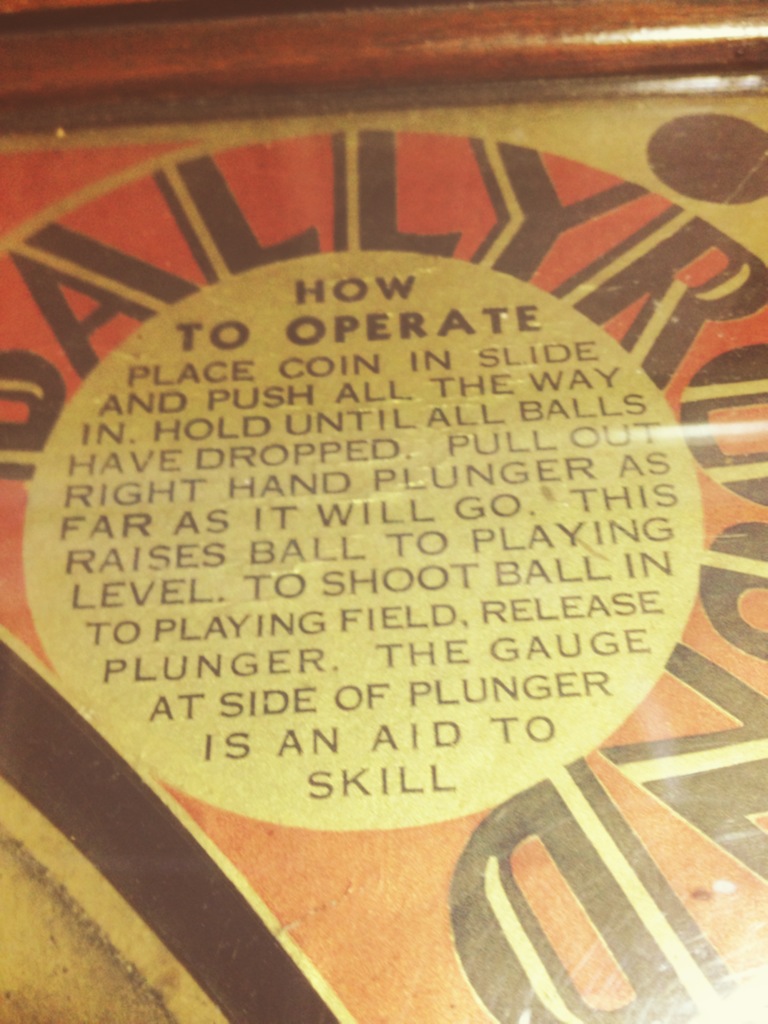
4 elements of play by Roger Callois
Man, Play and Games was written by french sociologist Roger Callois in 1961. The book introduced important terminology in game studies. He describes four “play forms” that are the basis for the enjoyment of cames and that can be present in different degrees in each game:
Agon, or competition. Present in skill based, competitive game like sports or chess.
Alea, or chance. Present in gambling games like slot machines or roulette.
Mimicry, or mimesis Present in role playing games or pretend games.
Ilinx, or vertigo Present in perception alterning play, like merry go round and visually intensive videogames.
He also notably defined a a continuum in which games can be places ranging from:
Ludus – structured activities with explicit rules (games)
to
Paidia, unstructured and spontaneous activities (child play)
Theme and gameplay
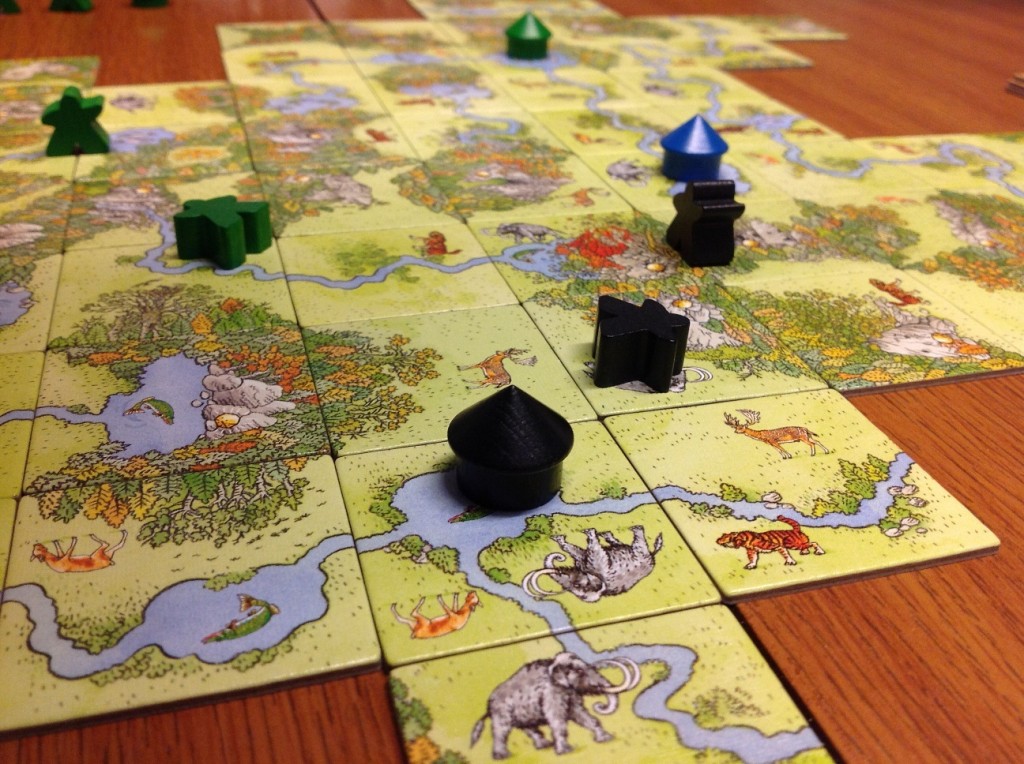
Ludonarrative dissonance by Clint Hocking
Other examples? Is storytelling in Gloom theme or mechanic?
What about theme in LOTR: the confrontation?
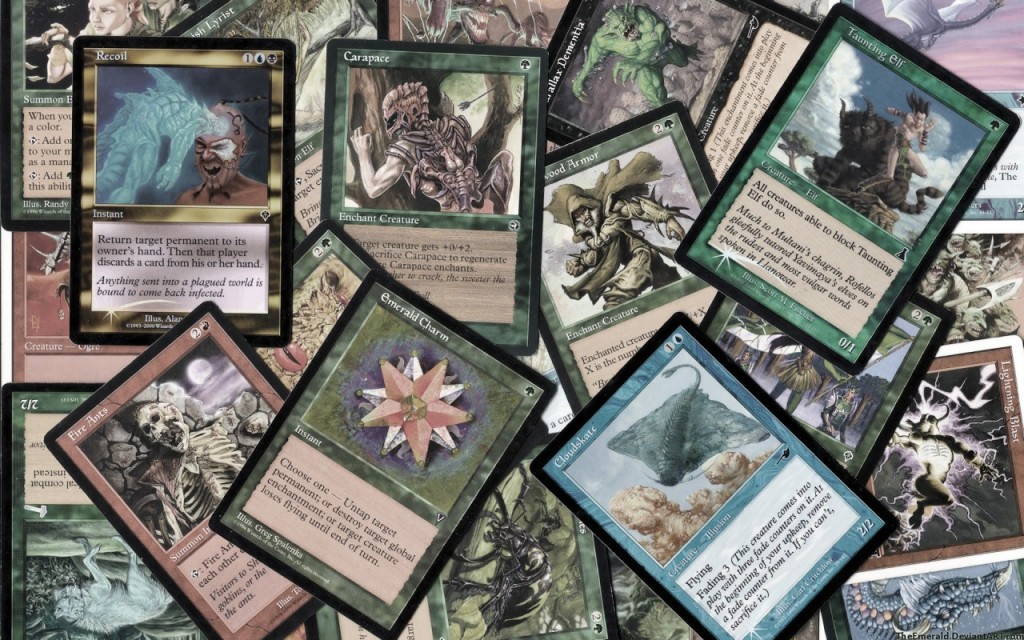
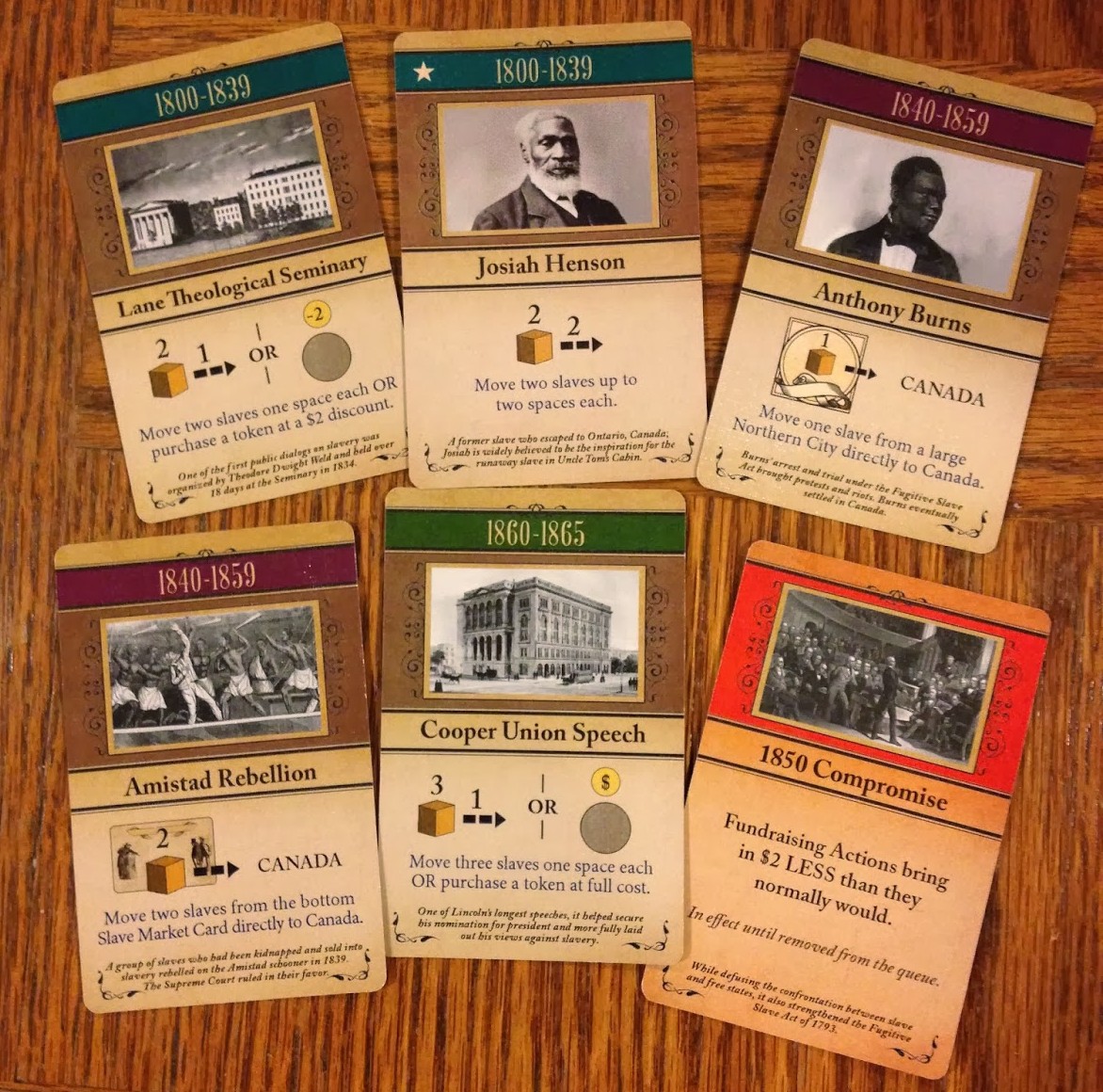
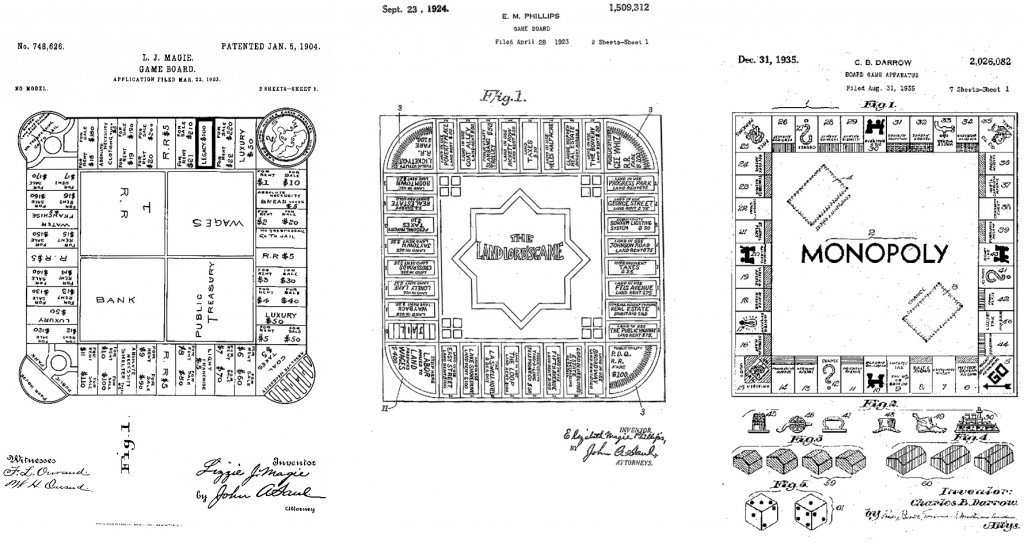
She believed that the main cause of poverty was land monopoly and the way to solve it was to impose a single uniform tax that would discourage speculation. So she created a game to represent this conflict. Thirty years later a man called Charles Darrow patented a modification of the landlord’s game and turned into a “pro landlord” game. It would later become Monopoly.
Flavor change
In an economy where 3 players try to accumulate resources:
3 Players start with 5 resources + 3 resources in the pool (center of the table)
Each turn players take a decision in Rock Paper Scissors style. Players can choose Action A (fist) or Action B (open hand).
There are 4 possible outcomes:
Outcome 1 – one player chooses Action A: this player takes 1 resource from each other player.
Outcome 2 – two players choose Action A: these players both give 1 resource to the third player.
Outcome 3 – three players choose Action A: all players put 1 resource in the pool
Outcome 4 – three players choose Action B: the player with most resources proposes once, without discussion nor barter, how to divide the pool. If at least one player agrees the decision becomes effective. Otherwise, nobody takes anything.
The game ends when the first player is out of resources the player with the most resources wins.
[Prisoner’s dilemma, minority game, ultimatum game, framing…]
Meaningful play / meaningful choices
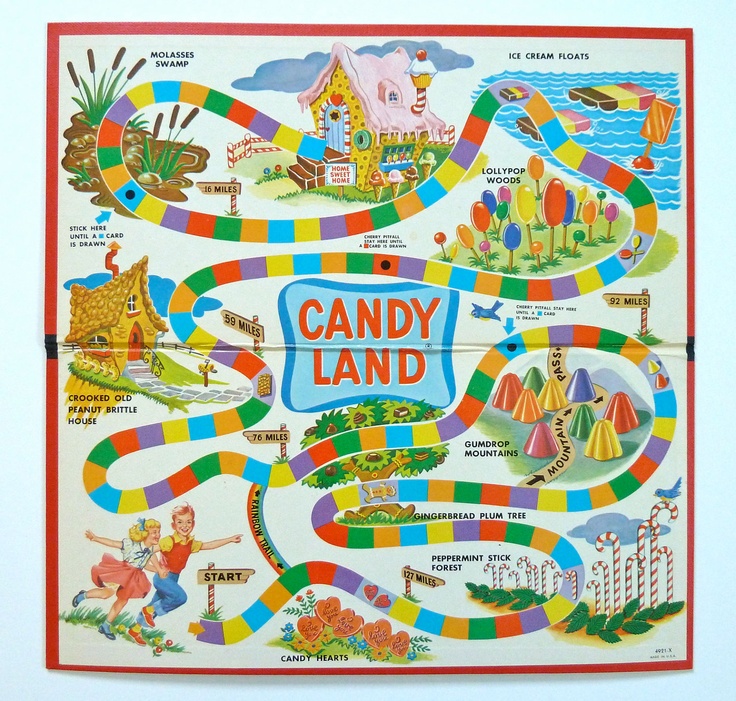
In Rules of Play, Katie Salen and Eric Zimmerman provide two definitions of meaningful play (the goal of game design):
Meaningful play in a game emerges from the relationship between player action and system outcome; it is the process by which a player takes action within the designed system of a game and the system responds to the action. The meaning of an action in a game resides in the relationship between action and outcome
Meaningful play is what occurs when the relationships between actions and outcomes in a game are both discernible and integrated into the larger context of the game
Candyland, battleship, bingo lack actual choices. Tic-tac-toe stops being meaningful to an “expert” player.
When choices are not discernible and integrated the game may break or stop making sense to the player. Did my choice had an effect? Was that event random or was it my fault?
Any video game examples?
But also: did I have several interesting choices or there was always a no-brainer choice? Lost Cities (discarding), Zooloretto (pushing the luck, affecting the players).


Perfect information / imperfect information
A game possesses perfect information if each player, when making any decision, is perfectly informed of all the events that have previously occurred.
Imperfect information introduces uncertainty but it’s not the same as chance. Some games can have randomness with perfect information and others can have imperfect information without chance. Can you make some examples? From the boardgames we played?
Private/hidden information can become public and vice-versa. Can the rules of a game be information as well?
What about videogames?
Playtime
Mafia/werewolf, the resistance, 2 rooms and a boom.
Targeted interaction
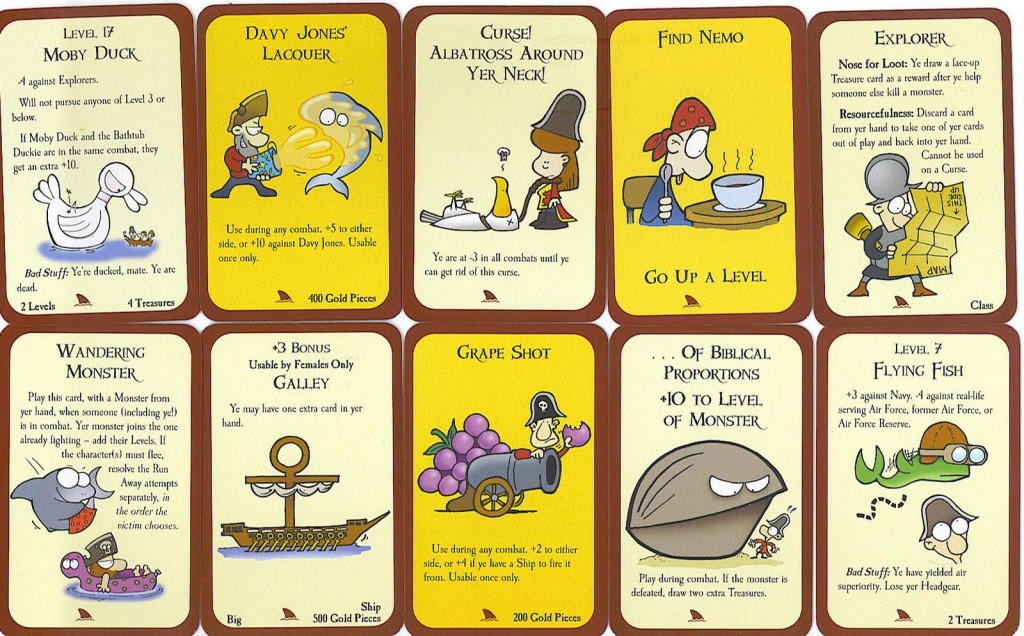
5 fingers – Eric Zimmerman (Chip-taking game)
Rule 1: Get a group of three or more people.
Rule 2: Put up five fingers.
Rule 3: Take turns eliminating each others’ fingers.
Rule 4: Last person with fingers wins.
What are the dynamics and the winning strategies (see also Mafia/werewolf)?
Politics/metagaming, “electing” a winner, kingmaking (3rd player problem A & B are contending and C has no chance).
Issues with player elimination or effective elimination (player knows has no chance but has to keep playing), griefing. What are some of the solutions to address problematic interaction in games like Carcassonne, Zooloretto, Guts of glory, Pandemic or others?
Cooperative games

Knots by Bernie DeKoven
1. Players form a circle and face the center.
2. Extend a hand toward the center a select somebody else’s hand to hold on, the person must not be adjacent.
3. Extend the other hand toward the center and do the same, making sure that the hang you clasp is not by the same person.
4. Without letting the hands go try to disentangle and form a circle similar to the beginning.
Triangles
1. Players form a circle and face the center.
2. Silently and secretly choose 2 other players, remember them.
3. Start walking randomly
4. At the signal try to position yourself equidistant from the players your selected
The game ends when the group reaches an equilibrium
Noah’s ark game by me (just made it up this morning)
1. 6 players form a circle and play a rock paper scissors gesture at the same time
2. rock is turtle, paper is dog, scissors is bunny
3. the goal is to have 2 animals per kind
What are the dynamics, how to make this game more interesting?
Issues with Pandemic or other co-op games?
Other examples?
The multiplayer solitaire problem and possible solutions: time constraint, roles, sheer complexity…
Snowballing
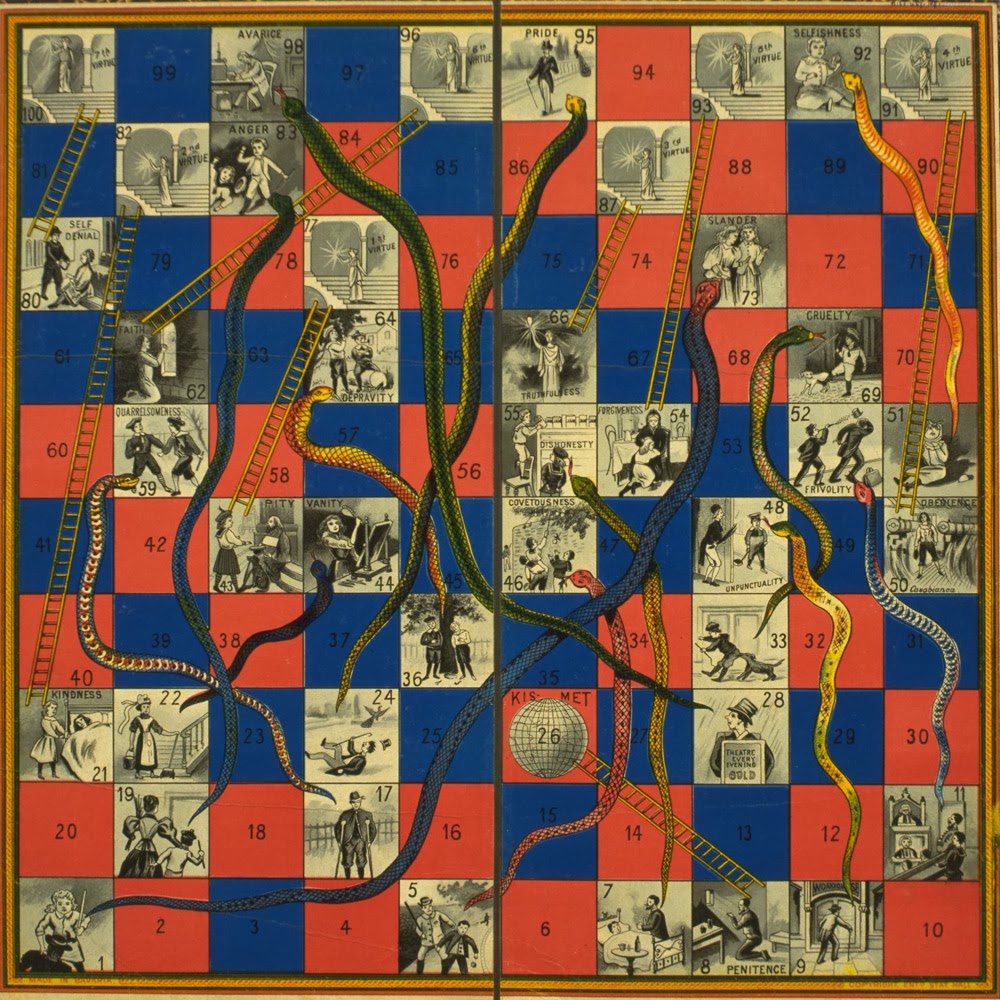
Any game in which your score increases your power is likely to display snowballing aka reinforcing or positive feedback loop. In real world “the rich gets richer” etc.
Examples: monopoly, chess, starcraft.
This may produce an undesirable game arc since in such kind of games players can be “effectively” eliminated early. There are a few ways to address this:
– Separating scoring and resources.
Examples: most sports (can you imagine a snowballing soccer?), most eurostyle boargames (among the ones you played?).
– Introducing catch-up mechanics or negative/balancing loops.
Example: Super Mario Kart or organically emerging “target the leader”. Other examples?
– Chance.
Is the snake in snakes and ladders really a catch-up mechanic? What about Flux?
– Increasing stakes.
Snowballing is balanced by attributing more points toward the end thus increasing the possibility of a comeback.
Example: Modern Art.
– Multiple paths to victory
There are different ways to score points so a dominance in one aspect doesn’t determine dominance in another.
Example: Carcassonne.
Downtime and busywork
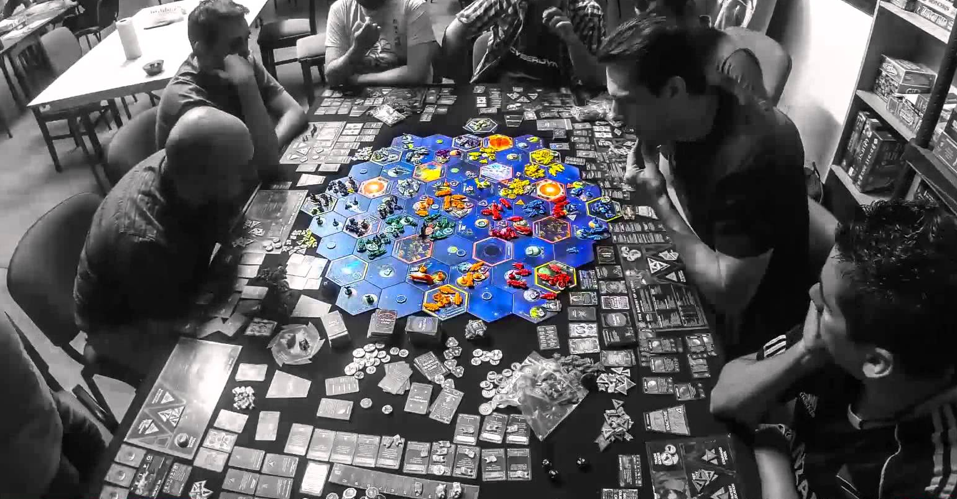
Not all playtime is actually play. Time is spent performing actions that are not fun or meaningful at all: setting up the game, learning rules, doing math, shuffling cards, waiting for the game to load, waiting for other people’s turn, recovering a ball, mining gold in MMORPG, playing tutorial levels…
Ideally designers don’t want to waste people’s time and try to minimize unfun/ancillary parts (exception Farmville-likes, Football).
In board games there is an economy of gestures, phases, computations that should be optimized and run smoothly and intuitively. Turns shouldn’t be too long and players waiting for their turn should have something to think and strategize about. Many actions don’t actually require turns.
This is a huge part of how a non digital game “feels”.
Materials

Board games are made of objects whose visual and tactile qualities largely affect the experience of a game. Playing a game of GO with actual stones is not the same as playing it online with a friend. Certain bits need to be three-dimensional to facilitate manipulation.
Among the games you played can you point at successful and unsuccessful choices?
Gloom?
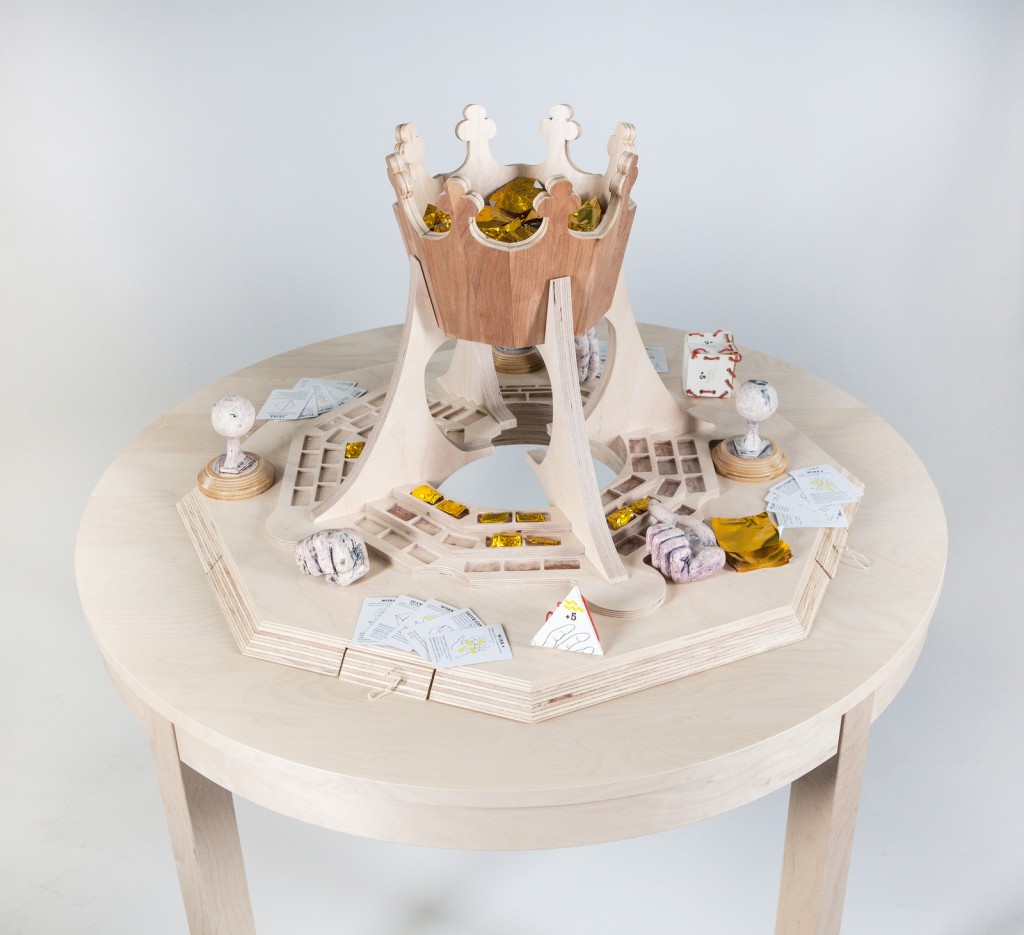


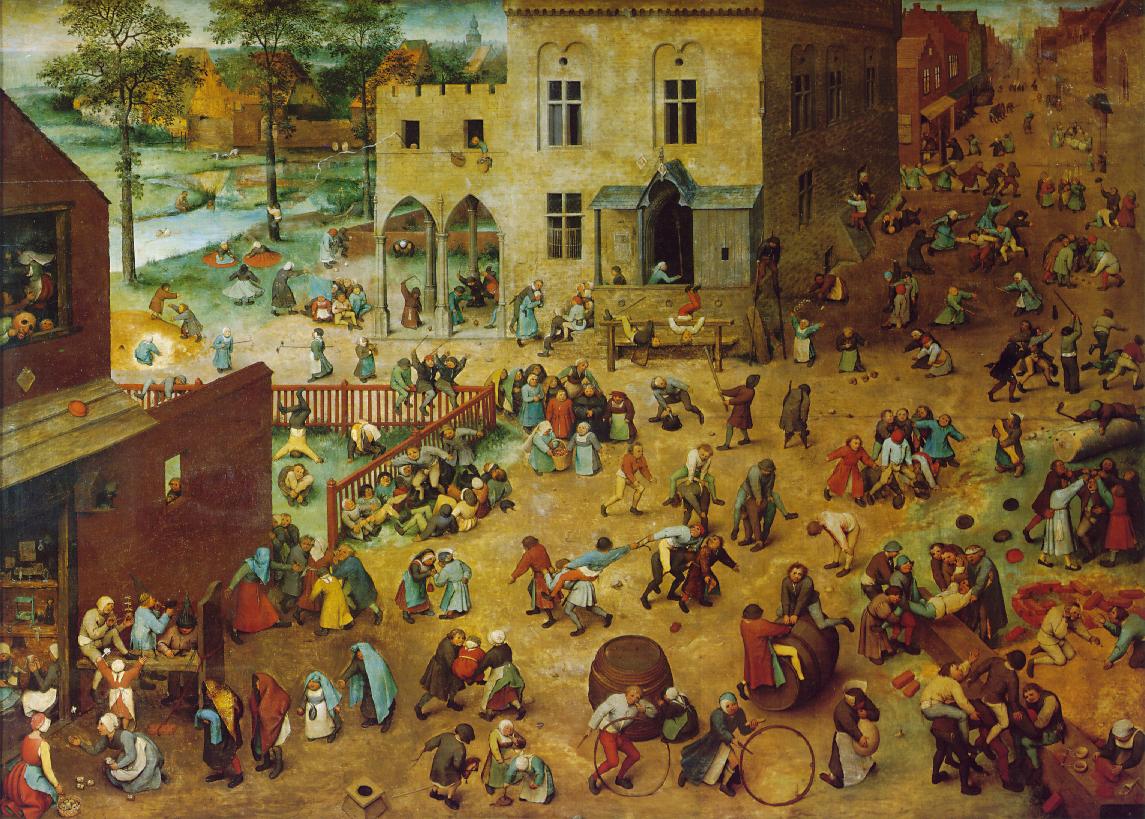
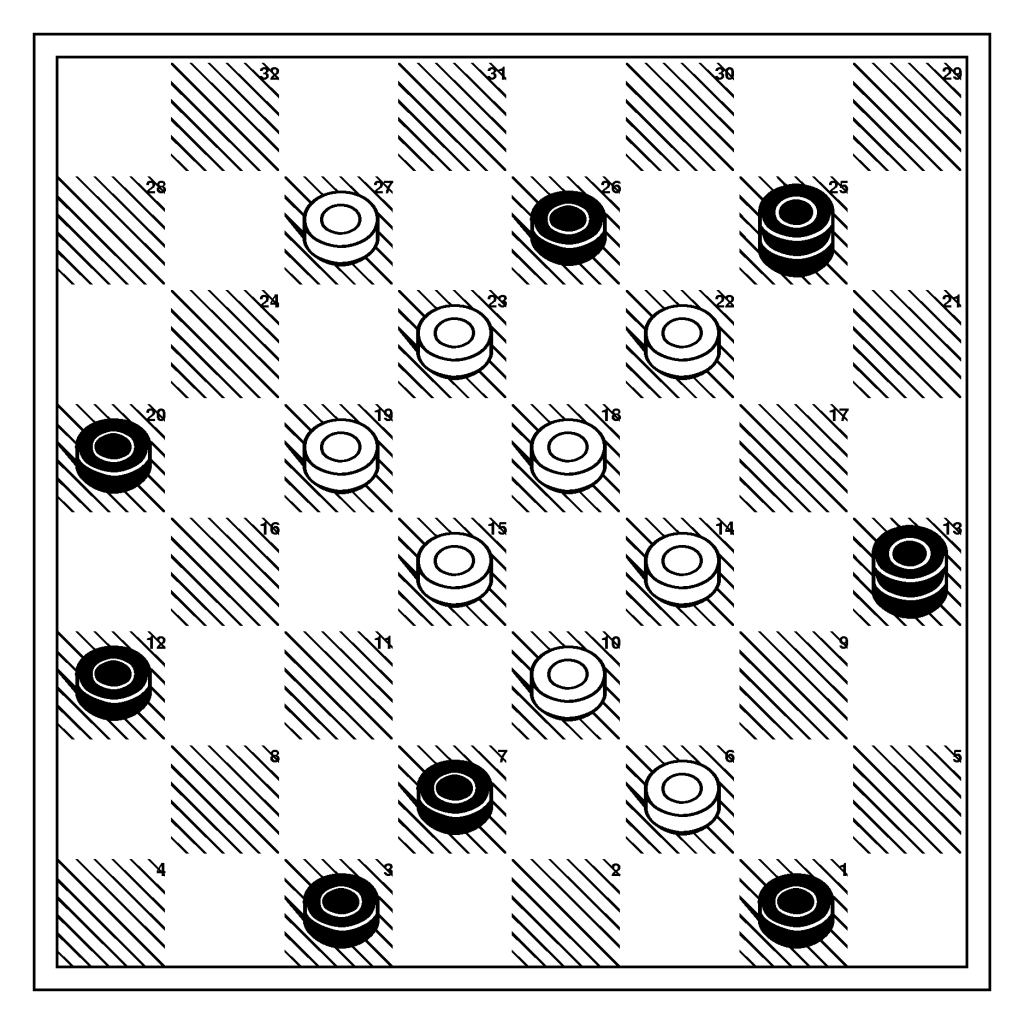
Flavor change
In korea where 3 kpop managers try to accumulate korean singer boys:
3 kpop boy band managers start with 5 korean singer boys + 3 jobless korean boys in the karaoke bars (center of the table)
Each turn managers take a decision in Rock Paper Scissors style. Managers can choose to record a pop ballad (fist) or to record an upbeat pop hit (open hand).
There are 4 possible outcomes:
A Sleeper Hit – one player chooses to record a pop ballad: this manager takes 1 korean singer boy from each other manager.
A Brand New Viral Dance – two managers choose to record a pop ballad: these managers both give 1 korean singer boy to the third manager.
Pop Downer – three managers choose to record a pop ballad: all managers lay off 1 newly unemployed korean boy who then go back to the karaoke bars
Pop Renaissance – three managers choose to record an upbeat pop hit: the manager with most korean singer boys proposes once, without discussion nor back room deals, how to divide the karaoke bar boys. If at least one manager agrees, the decision becomes effective. Otherwise, nobody takes anyone.
The game ends when the first manager is out of korean boys and disbands the manager with the most korean singer boys wins.
oops